Affiliate links on Android Authority may earn us a commission. Learn more.
Android Go: What is it and which phones run it?
Android Go, also known as Android (Go edition), is a stripped-down version of Android designed to run on entry-level smartphones. It’s comprised of three optimized areas — the operating system, Google Play Store, and Google apps — which have been reimagined to provide a better experience on lesser hardware.
Android Go operating system
The Android Go operating system is based on the regular version of Android but it’s optimized to run on smartphones with 512 MB to 1 GB of RAM. The first version of Android Go was modeled on Android Oreo, but the latest iteration is based on Android Pie. Android Go phones receive updates just like regular Android phones; we expect an Android Q Go edition to arrive in the future.
Android Go takes up less space than the regular Android version, giving smartphones with low storage the breathing room to hold more media and apps out of the box — most Android Go smartphones come with 8 or 16 GB of storage.
Devices running Android Go are also said to be able to open apps 15 percent faster than if they were running the regular Android software. Additionally, Google has enabled the “data saver” feature for Android Go users by default to help them consume less mobile data.
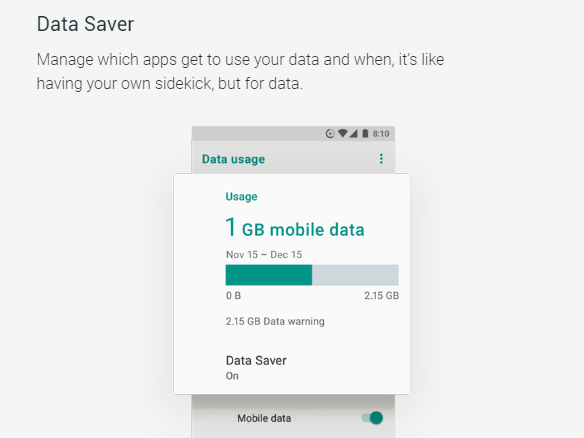
Android Go apps
Like the OS, Google has also developed apps to make better use of the device’s memory. These require up to 50 percent less space and perform better on low-end hardware. Android Go smartphones come with only nine pre-installed apps, listed below:
- Google Go
- Google Assistant Go
- YouTube Go
- Google Maps Go
- Gmail Go
- Gboard Go
- Google Play Store
- Chrome
- Files Go
Keep in mind that these apps may be slimmer and faster, but they might be missing a feature or two. For example, you can’t set reminders or control smart home devices with Assistant Go, but you can do most other standard things like set alarms, open apps, and ask various questions.
It’s worth noting that we can expect to see many other Android Go optimized apps in the near future. Developers can already start producing apps for the OS with the help of Google’s Building for Billions development guidelines.
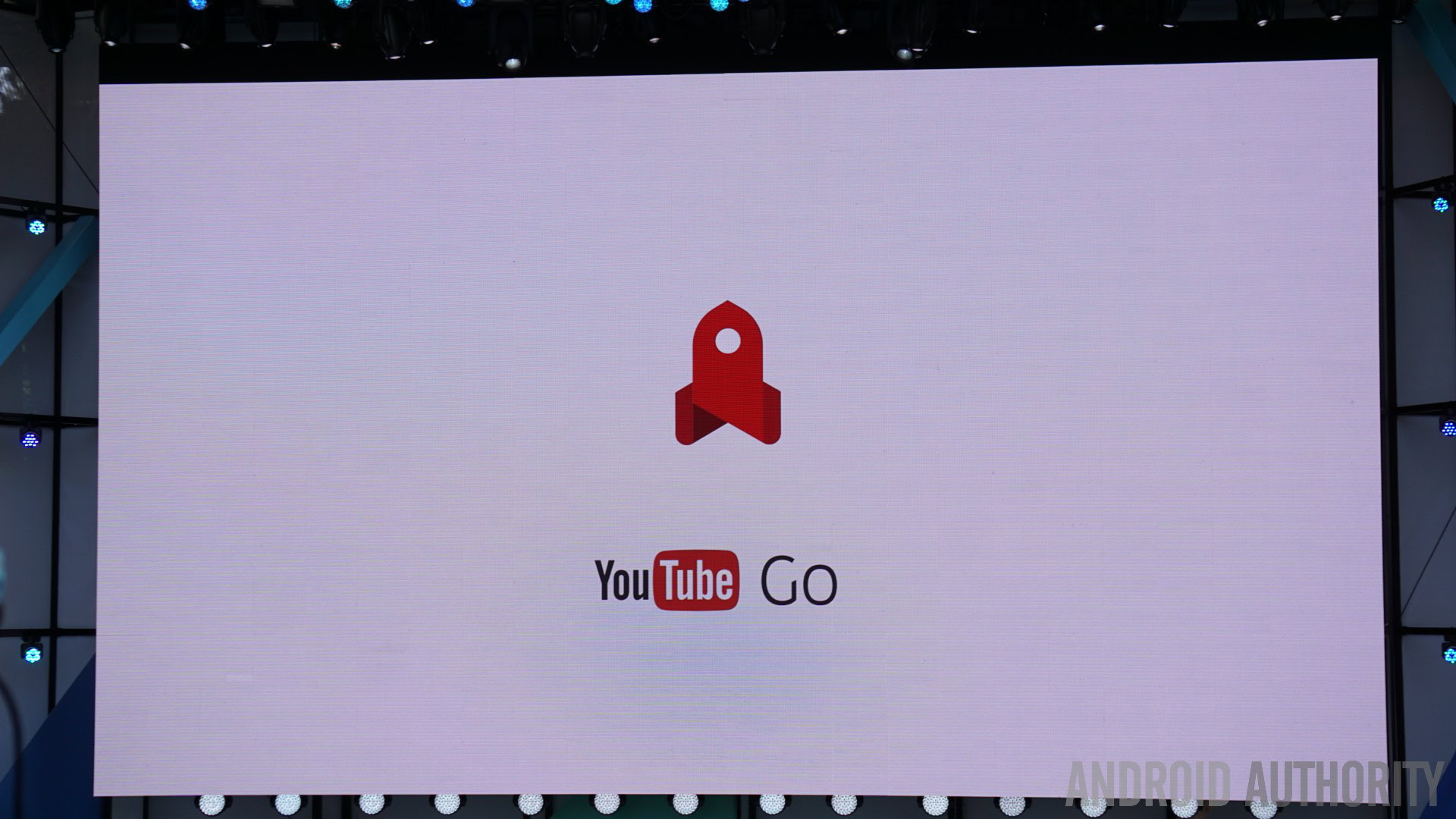
Android Go Play Store
Building a new OS and pre-installed apps package is a great start for Android Go, but what about when people begin using the device in the real world? To help users maintain the lightweight system they set out with, Android Go devices have access to an exclusive version of the Play Store.
The Android Go Play Store offers all of the same content as the regular Play Store, only the storefront is more suited to low-storage devices. It has a featured apps section that recommends apps specifically for Android Go handsets, pointing users in the direction of apps that will be of most benefit to them.
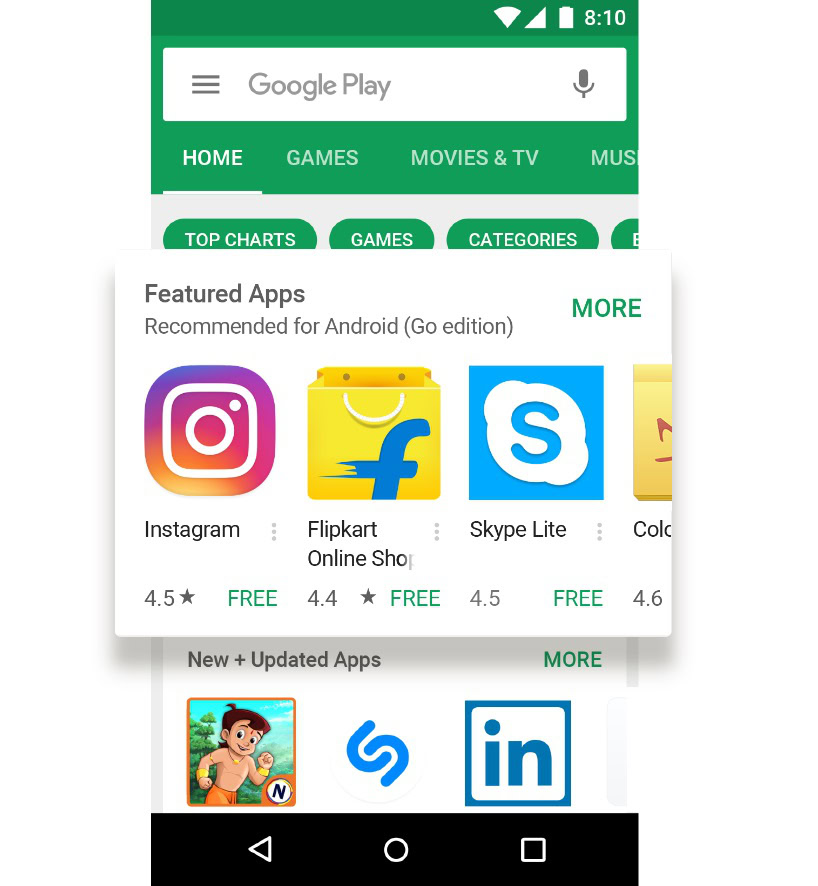
What’s the point of Android Go?
Demand for smartphones in emerging markets like India is on the rise. Google expects its next billion users to come from these countries, where the purchasing power is lower than in the West. That’s why the company wants to provide them with a new generation of affordable, sub-$100 smartphones that work faster, provide more storage, and help reduce data consumption.
It sounds like a brilliant plan on paper, as it could allow Google to increase the number of users of its apps and services. However, software is only one part of the equation. The company has to get as many hardware partners as possible on board that will flood the market with smartphones, which will not only have to be affordable but also easy on the eyes. Let’s face it, no one wants an ugly smartphone.
A few options are already available on the market, which we’ll take a look at next. But before we do, check out our short “Android Go: A promising start” video below to learn even more about Google’s Go initiative.
Best Android Go smartphones
We saw the first batch of Android Go devices at MWC 2018. Six smartphones were announced at the show including the Alcatel 1X and Nokia 1. Since then, many more Android Go devices have been announced by companies like Samsung, Motorola, and Xiaomi. We won’t list them all in this post, but we will show you a handful of the best ones.
Nokia 1 Plus

The Nokia 1 Plus has the same stylings as the original Nokia 1 — one of the original best Android Go phones — but packs some important upgrades.
The screen is an inch bigger, now 5.45 inches with a 75 percent screen-to-body ratio (the Nokia 1 screen to body ratio was closer to 60 percent), while the chipset is faster, and the front and rear cameras are superior. The Nokia 1 Plus also comes with a 16GB storage option, whereas the original was capped at 8GB.
These aren’t necessarily flashy improvements, but they’re welcome improvements to key areas.
The black Nokia 1 Plus costs 99.00 euros (~$111) on Amazon in Europe currently and 79.99 pounds in the UK but it isn’t yet unavailable in India. The original Nokia 1, which is now upgradeable to Android Pie, sells on Amazon India for 3,977 rupees (~$57,88), if you want a cheap alternative.
Nokia 1 Plus specs
- 5.45-inch IPS LCD display with 480 x 960 resolution, ~197ppi, 18:9 ratio
- MediaTek MT6739WW chipset (quad-core)
- 1GB of RAM
- 8GB or 16GB of storage, microSD expansion up to 128GB
- 8MP rear camera, 5MP front camera
- Non-removable 2,500 mAh battery
- Android 9.0 Pie (Go Edition)
- 145 x 70.4 x 8.6mm, 138g
Nokia 2.1
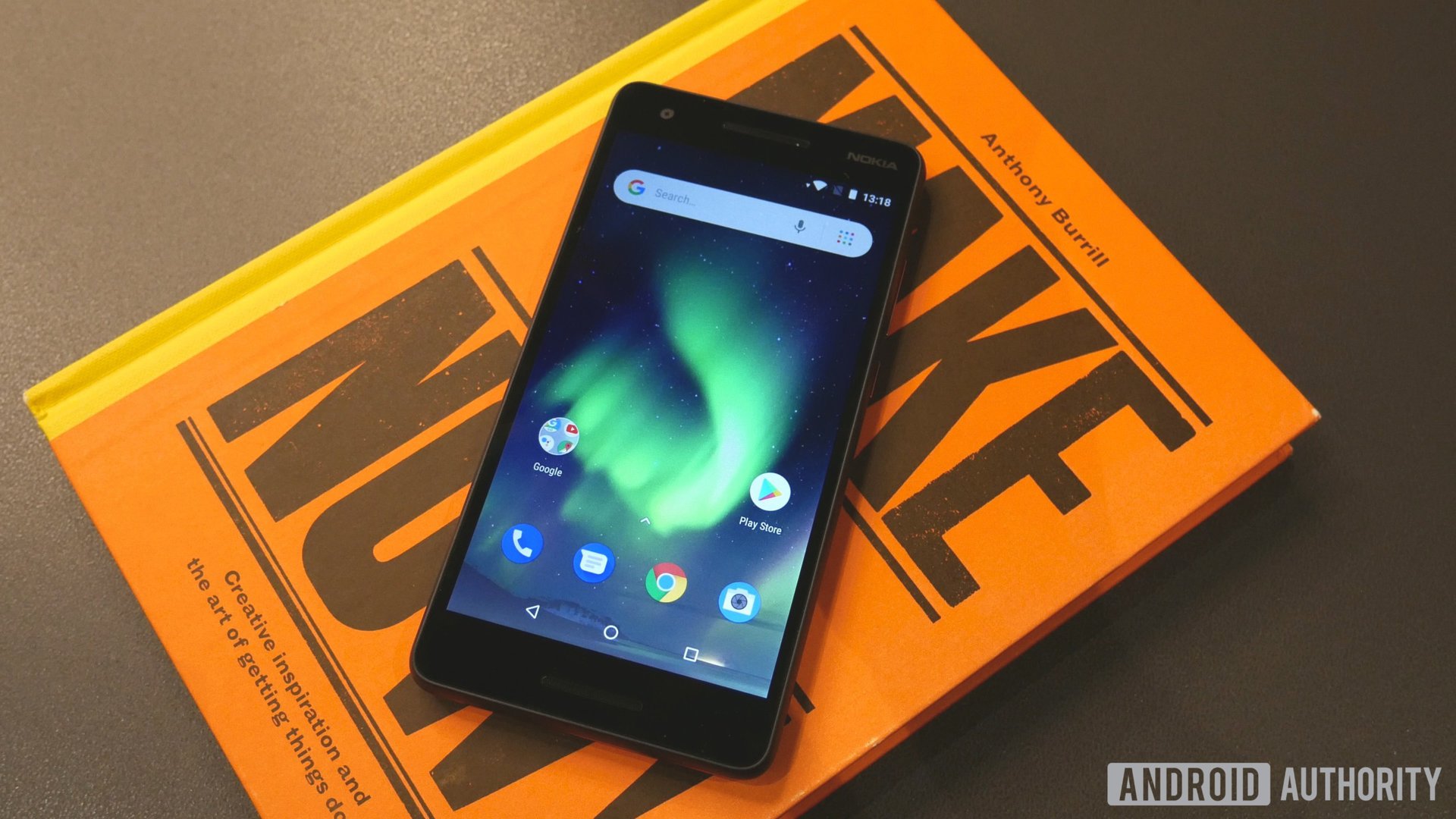
The highlight of the Nokia 2.1 is its battery that comes in at 4,000mAh, putting the device right up there with the Galaxy Note 9 and HUAWEI P20 Pro in this department. The phone sports a simple design expected at this price range and sports a 5.5-inch display. Like most other Android Go phones out there, it comes with just 1GB of RAM and 8GB of storage, which can be expanded for an additional 128GB using a microSD card.
The Nokia 2.1 was announced in May and is available in India, Europe, and quite a few other regions. You can get it for around 5,400 rupees (~$79) or 96 euros.
Nokia 2.1 specs
- 5.5-inch IPS LCD display with 1,280 x 720 resolution, 267ppi
- Snapdragon 425 chipset
- 1GB of RAM
- 8GB of storage, microSD expansion up to 128GB
- 8MP rear camera, 5MP front camera
- Non-removable 4,000 mAh battery
- Android 8.1 Oreo (Go Edition)
- 153.6 x 77.6 x 9.7mm, 174g
Samsung Galaxy J4 Core
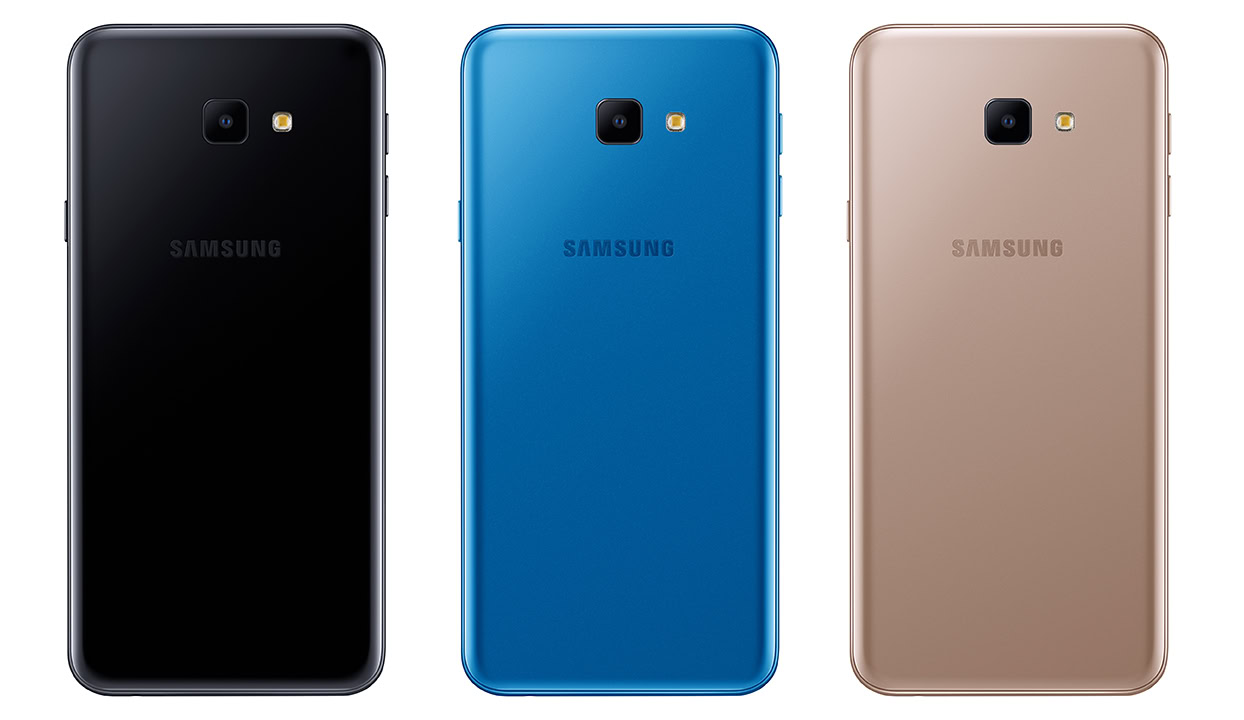
The Galaxy J4 Core was announced in November 2018 and is Samsung’s second Android Go device. It sports a 6-inch HD+ display and an aspect ratio of 18.5:9, just like the company’s premium handsets. The phone is powered by the Snapdragon 425 chipset, comes with 1GB of RAM, and offers 16GB of expandable storage.
The Galaxy J4 Core is available in three colors — black, blue, and gold — and has a nice design with a curved back and relatively thin bezels. It wasn’t officially released in the U.S., but you can still get the international model (without warranty) on Amazon for around $155.
Galaxy J4 Core specs
- 6.0-inch IPS LCD display with 1,480 x 720 resolution, 274ppi
- Snapdragon 425 chipset
- 1GB RAM
- 16GB of storage, expandable via microSD up to 512GB
- 8MP rear camera, 5MP front-facing camera
- 3,300mAh battery
- Android 8.1 Oreo (Go Edition)
- 160.6 x 76.1 x 7.9mm, 177g
Samsung Galaxy A2 Core
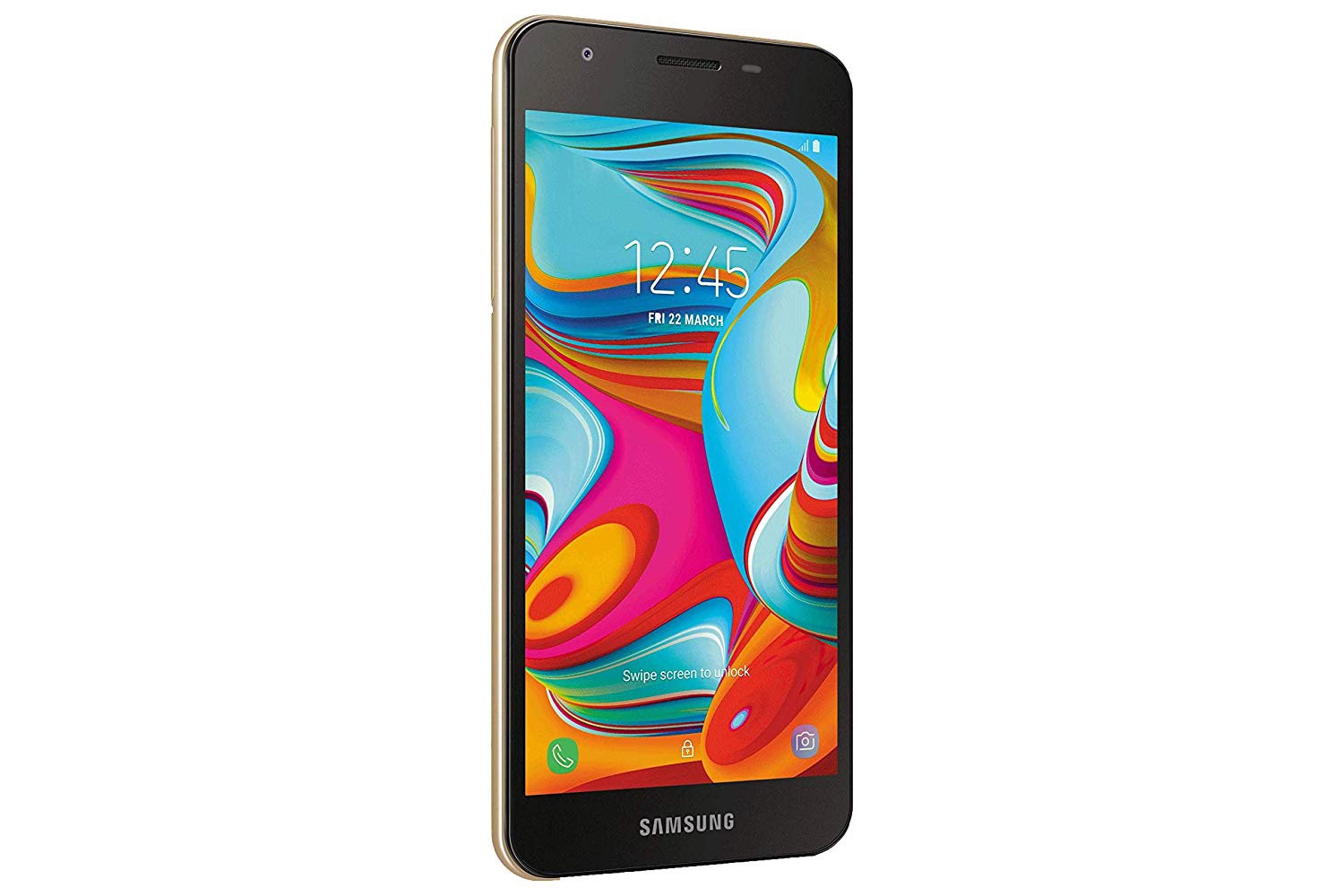
Released April 2019, the A2 Core features typical Android Go-edition trappings like a single front and rear camera (both at 5MP), 1GB RAM, and 8GB storage, as well as a 5.0-inch 540×960-pixel display and 2,600mAh battery.
It’s a pretty standard set of attributes, but they help keep the phone’s price low — especially the three-year-old Exynos 7870 Octa chipset.
At 5,290 rupees (~$77), the Galaxy A2 Core isn’t just one of the latest Android Go devices to hit store shelves, it’s also one of the cheapest.
Galaxy A2 Core specs
- 5.0-inch PLS TFT display with 540 x 960 resolution, 220ppi
- Exynos 7870 Octa chipset
- 1GB RAM
- 8 or 16GB of storage, expandable via microSD up to 256GB
- 5MP rear camera, 5MP front-facing camera
- 2,600mAh battery
- Android 8.1 Oreo (Go Edition)
- 141.6 x 71 x 9.1mm, 142g
HUAWEI Y5 Lite (2018)
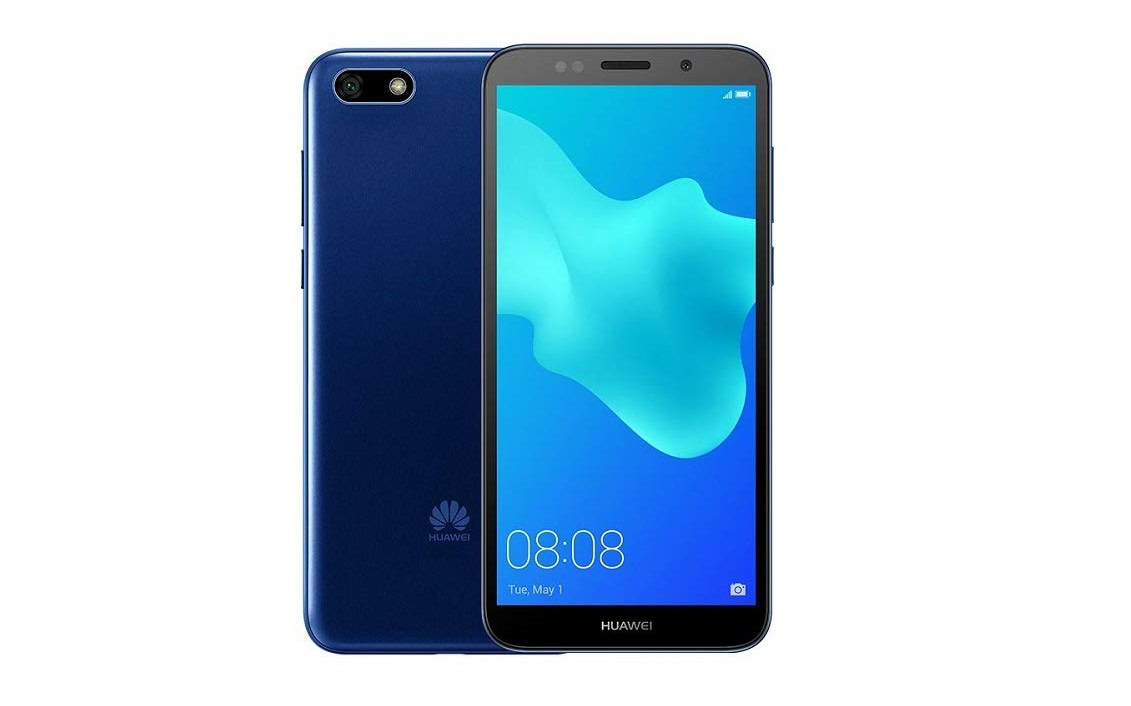
Huawei’s Android Go device has a modern design considering its price point. The bezels are relatively thin, the display sports an 18:9 aspect ratio, and the back looks minimalistic with a nice-looking camera module in the top-left corner.
Like the rest of Android Go devices, it won’t blow your socks off in the specs departments, sporting a 5.45-inch display, the MediaTek MT6739 chipset, and 1GB of RAM.
The Y5 Lite (2018), or just HUAWEI Y5 2018 as it’s called in some markets, was announced in December and is HUAWEI’s second Android Go device. It’s only available in select regions, but you can get the international model on Amazon for $99.
HUAWEI Y5 Lite (2018) specs
- 5.45-inch LCD display with 1440 x 720 resolution
- MediaTek MT6739 chipset
- 1GB RAM
- 16GB of storage, expandable via microSD up to 256GB
- 8MP rear camera, 5MP front-facing camera
- 3,020mAh battery
- Android 8.1 Oreo (Go Edition)
- 146.5 x 70.9 x 8.3mm, 142g
Moto E5 Play Go
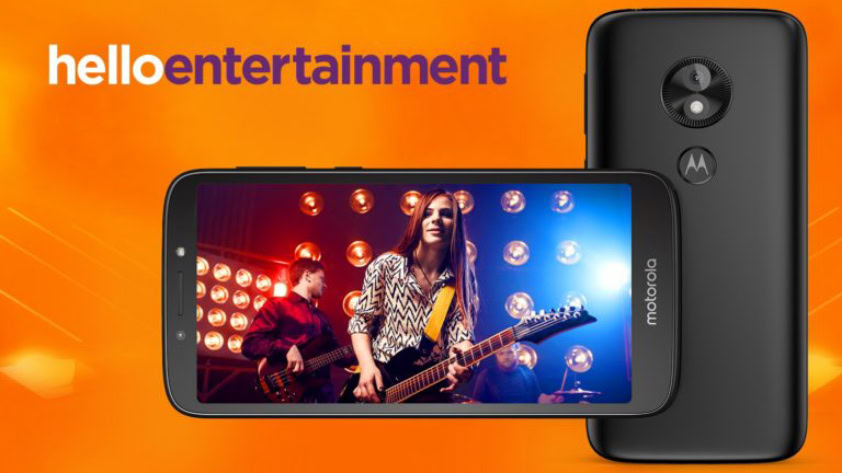
In July 2018, Motorola announced the Android Go edition of the Moto E5 Play aimed at Latin American and European markets.
The phone has the same specs as the regular Moto E5 Play, with a few differences here and there. In addition to running a stripped down version of Android, it also has a slightly larger display (5.3 vs 5.2 inches), a different aspect ratio (18:9 vs 16:9), and 1GB instead of 2GB of RAM.
The rest of the specs are the same, as is the design. The phone is very affordable — like all the other Android Go devices out there — retailing for just 99 euros (~$111). You can get it in black.
Moto E5 Play Go specs
- 5.3-inch IPS LCD display with 960 x 480 resolution, 184ppi
- Snapdragon 425 chipset
- 1GB RAM
- 16GB of storage, expandable via microSD up to 256GB
- 8MP rear camera, 5MP front-facing camera
- 2,100mAh battery
- Android 8.0 Oreo (Go Edition)
- 148 x 71 x 9mm, 145g
Xiaomi Redmi Go
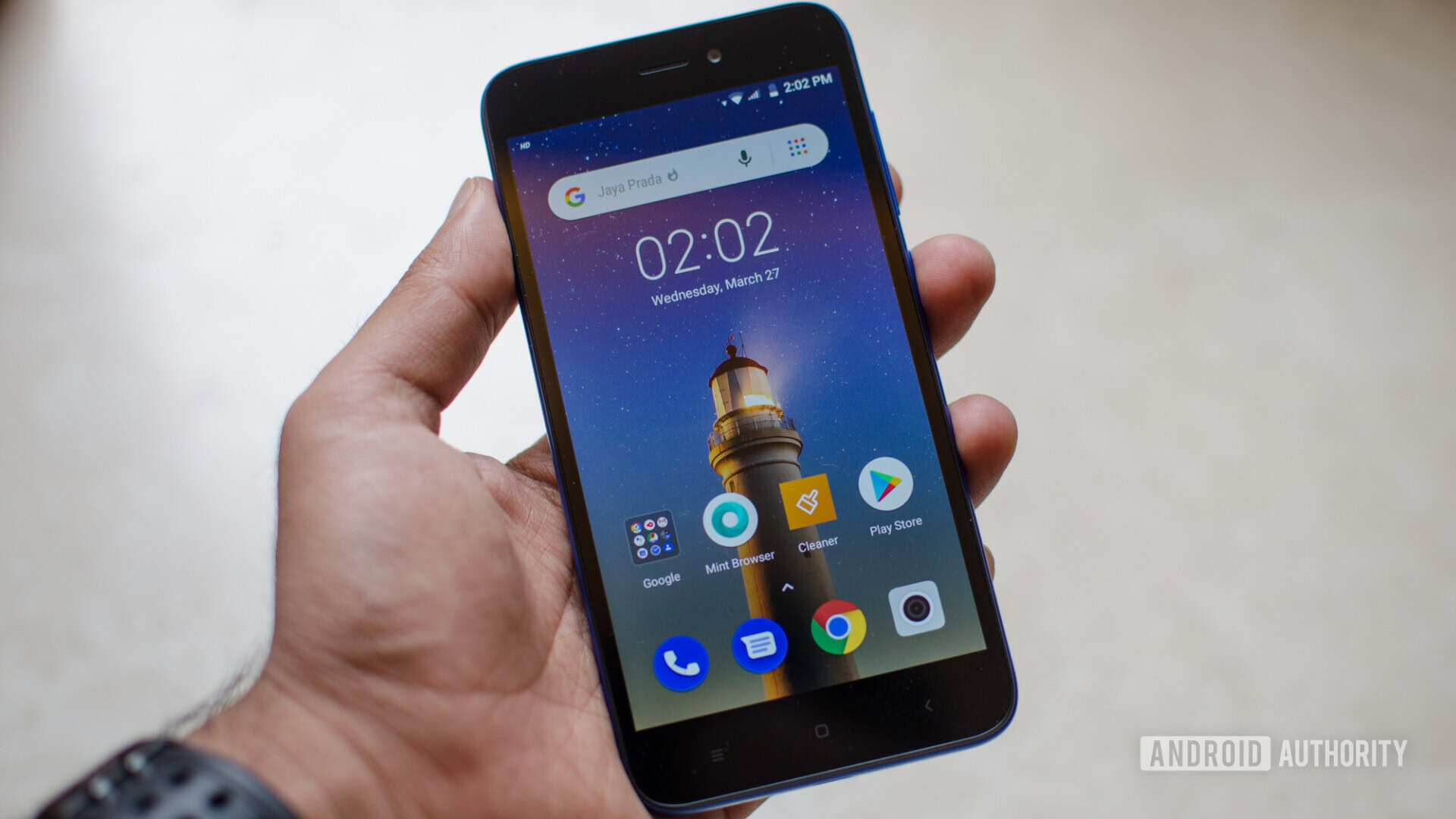
The Xiaomi Redmi Go is the company’s first — and so far only — Android Go device is also one of the best Android Go phones you can buy.
It’s a great choice for those looking for a compact phone, as it sports a 5-inch display. You’ll find the Snapdragon 425 chipset along with 1GB of RAM under the hood, just like with a lot of other Android Go devices. The handset also features a 3,000mAh battery, 8GB of expandable storage, and an 8MP primary camera.
Its biggest advantage over the competition is its price: it can currently be found for 67.65 euros (~$75) or 4,900 rupees.
Xiaomi Redmi Go specs
- 5.0-inch IPS LCD display with 1,280 x 720 resolution, 294ppi
- Snapdragon 425 chipset
- 1GB RAM
- 8GB built-in storage, expandable via microSD up to 128GB
- 8MP rear camera, 5MP front-facing camera
- 3,000mAh battery
- Android 8.1 Oreo (Go Edition)
- 140.4 x 70.1 x 8.4mm, 137g
These are some of the best Android Go smartphones we’ve seen so far, although there are a number of others available as well. Which ones would you add to the list? Let us know in the comments!